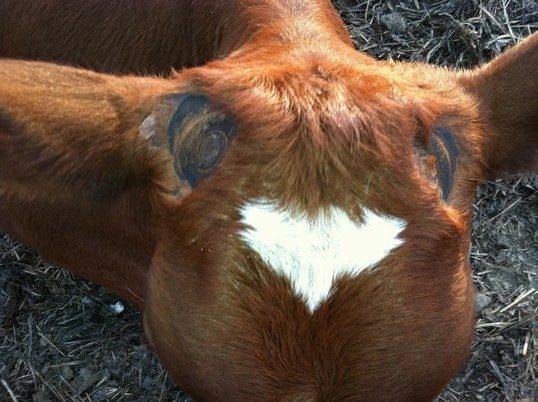Why you need to dehorn your cows
Dehorning is the removal of the horns from cattle. It is a labour intensive and skilled operation done to eliminate the potential safety risk to cattle handlers. Dehorning is best done at a young age, from birth to less than eight weeks, in order to minimise hazards. The Canadian Veterinary Medical Association however recommends that […]


Dehorning is the removal of the horns from cattle. It is a labour intensive and skilled operation done to eliminate the potential safety risk to cattle handlers.
Dehorning is best done at a young age, from birth to less than eight weeks, in order to minimise hazards.
The Canadian Veterinary Medical Association however recommends that dehorning should be performed within the first week of life.
Dehorning at an early age also reduces the risk of serious infection. It is best done during the cold season (harmattan) only and should not be done during the rainy season to avoid infections.
The benefits of dehorning cattle cannot be over-emphasised. Dehorning cattle; decrease risks of injury to farm workers, herd mates and other animals, prevents financial losses from trimming of damaged carcasses caused by horned cattle during transport to slaughter, optimises space during feeding or while in transit, decreases aggressiveness during feeding, produces docile cattle that are easier to handle, enhances on-farm safety for animals, producers and employees facilitates easier use of handling facilities.
There are several techniques employed to dehorn cows, however, a good veterinarian or veterinary doctor is best suited to perform the operation to avoid complications or infections caused by the process.
Note: All methods of physical dehorning cause pain and have side effects. As such, it is advised that an effective sedative and/or anaesthetic with analgesic (pain reliever) should be used to manage pain felt by the animal.
Source: http://www.thebeefsite.com/articles/2261/dehorning-of-calves/
